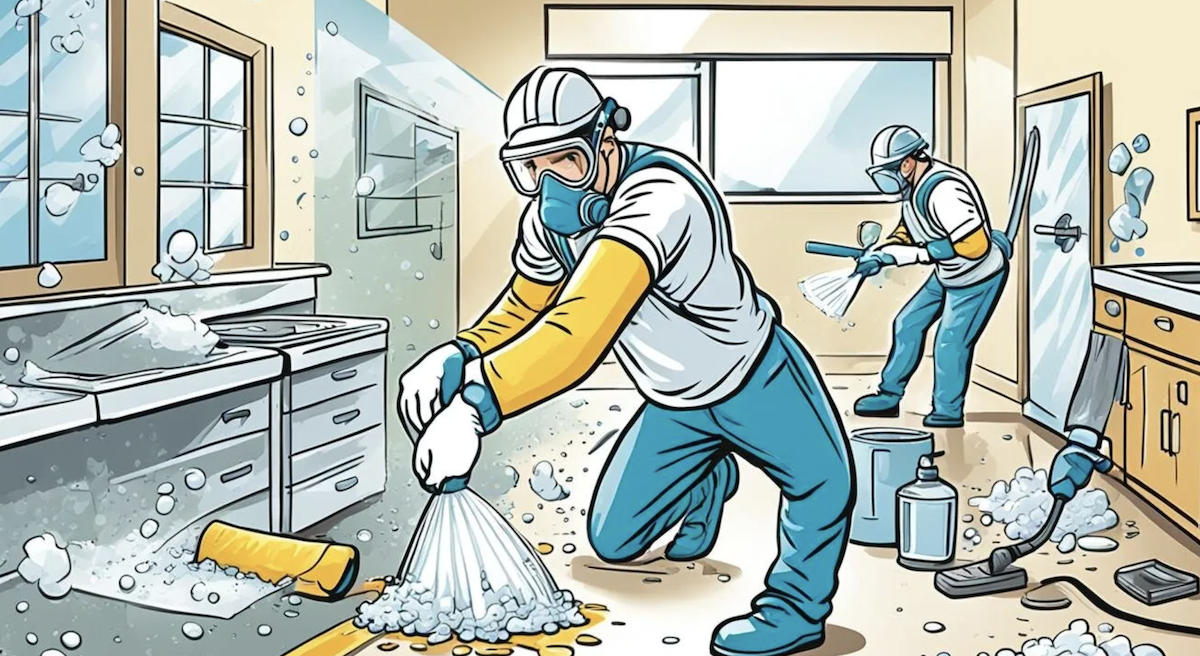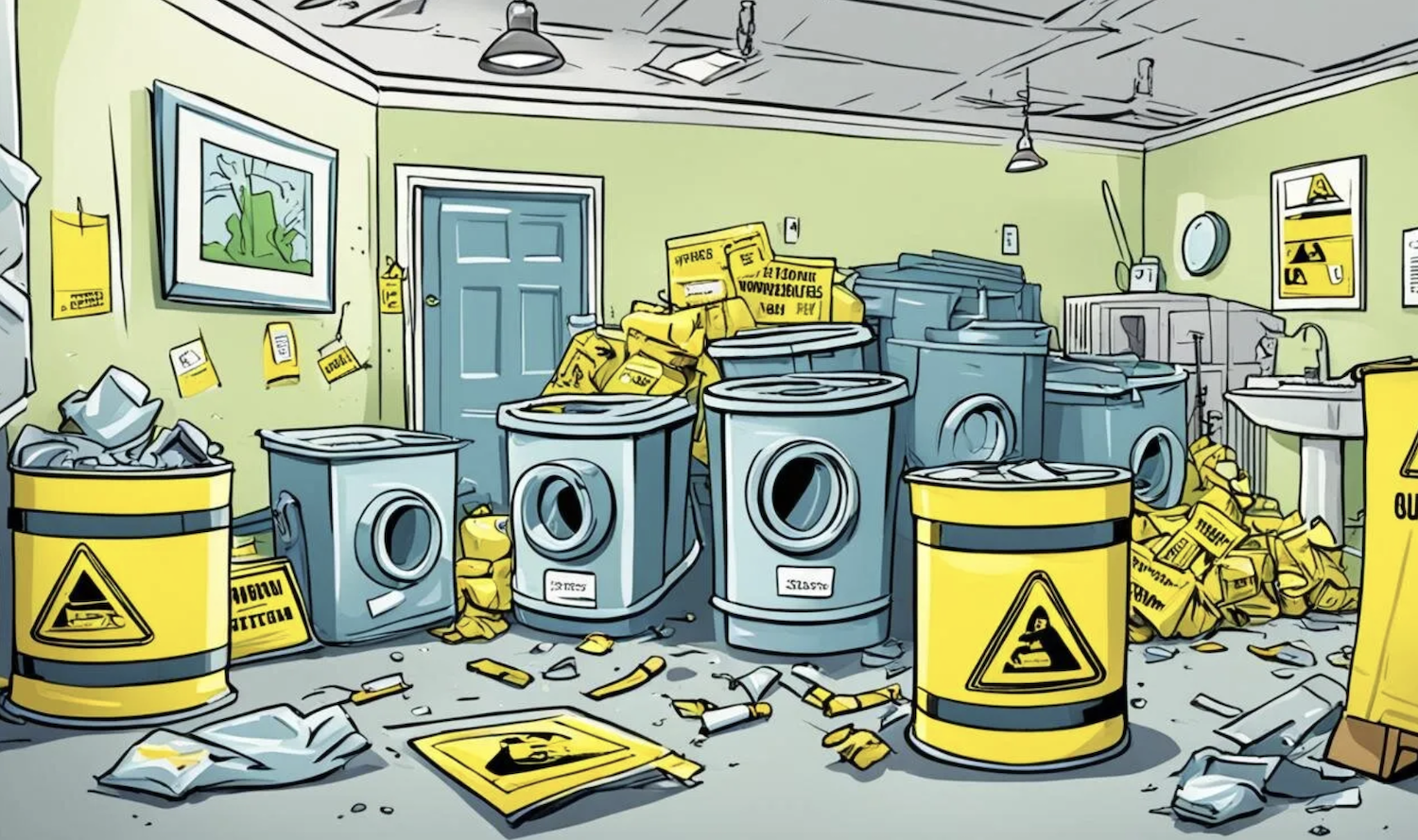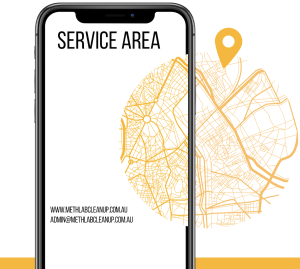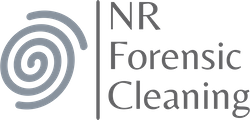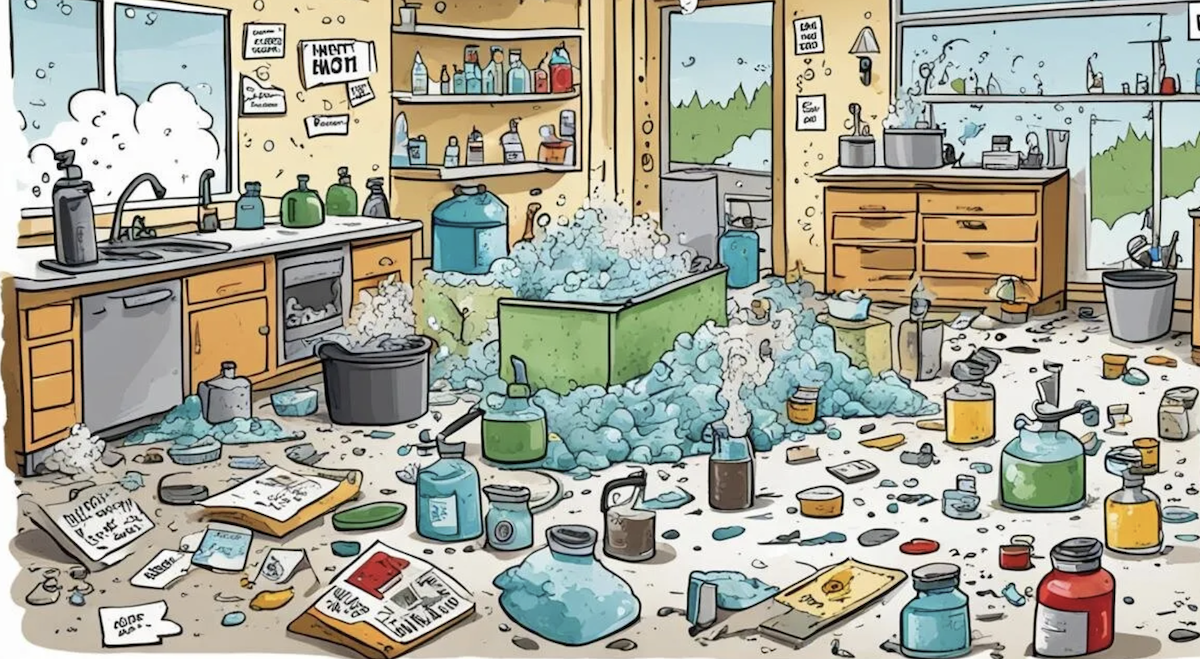
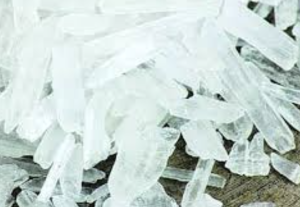
The number of Australians using methamphetamine, commonly known as “meth” or “ice,” has been steadily increasing, and this growing trend is having serious implications for real estate agents, property owners, and tenants alike. As meth usage rises, so too does the risk of meth contamination in homes and rental properties. For anyone involved in the property market, it’s critical to understand the dangers of meth residue, how it affects properties, and why meth contamination is becoming a growing issue in the Australian housing market.
The Rise of Methamphetamine Use in Australia
Methamphetamine is a highly addictive stimulant, and unfortunately, Australia has seen a worrying increase in its use over the past decade. According to the Australian Institute of Health and Welfare (AIHW), nearly 1 in 70 Australians have used meth or amphetamines in their lifetime. The drug is typically smoked, injected, or snorted, and its use is often linked to a range of social and economic issues. One of the lesser-known effects of meth use, however, is its potential to contaminate living spaces.
When meth is smoked or manufactured in a home, toxic residues can be left behind, which can persist for years if not properly addressed. These contaminants can seep into walls, floors, carpets, and even ventilation systems, posing a serious health risk to future occupants. For property owners, tenants, and real estate agents, this presents a significant challenge, as many are unaware of the risks associated with meth contamination until it’s too late.
Meth Residue: The Silent Property Contaminant
Unlike visible damage caused by neglect or vandalism, meth residue is invisible and odourless, making it particularly insidious. Even properties that look clean on the surface may be dangerously contaminated. When meth is smoked indoors, the chemical residue lingers and settles on surfaces, especially in high-use areas like kitchens, bathrooms, and bedrooms. In extreme cases, properties that have been used for meth production, often called “clan labs,” can require extensive decontamination or even demolition due to the level of toxic contamination.
For property investors and landlords, this can result in significant financial losses if not caught early. Meth contamination reduces property value, increases the cost of repairs and renovations, and can leave properties vacant for extended periods.
Health Risks of Meth-Contaminated Properties
Living in a meth-contaminated property can have serious health consequences, especially for children, the elderly, and those with pre-existing health conditions. Prolonged exposure to meth residue can lead to symptoms such as:
- Respiratory issues (coughing, shortness of breath)
- Skin rashes and irritation
- Headaches, nausea, and dizziness
- Increased risk of asthma and other respiratory conditions
- Behavioral issues, particularly in young children
Even low levels of contamination can be harmful over time, and meth residues can cling to surfaces, toys, and furniture, meaning families may unknowingly expose themselves to these dangers. In some cases, tenants may experience these health issues without realizing the source of their discomfort, which makes testing for meth contamination essential for landlords and real estate agents.
What Should Real Estate Agents and Property Owners Do?
As meth contamination becomes a more prominent issue, property owners and real estate agents must take steps to protect their investments and ensure tenant safety. Here are some key steps to take:
-
Pre-Tenancy Meth Testing: Regular meth testing before and after tenancy agreements can help prevent future liability. This is particularly important for rental properties in areas where meth use is known to be prevalent.
-
Routine Property Inspections: During routine inspections, property managers should be aware of signs that meth might have been used or manufactured on the premises. Unusual chemical smells, chemical containers, and damage to ventilation systems or walls could be red flags.
-
Professional Meth Residue Cleaning Services: If meth contamination is detected, it’s crucial to hire trained professionals to decontaminate the property. Attempting to clean it yourself may not be enough, as meth residue requires specialised cleaning methods to ensure all toxic residues are properly removed.
-
Educate Tenants: Provide educational materials to tenants about the health risks associated with meth contamination and encourage them to report any suspicious activity in or around the property.
-
Legal Considerations: In many cases, landlords and property owners may be legally required to disclose a property’s contamination history to potential buyers or tenants. Failing to do so could result in costly lawsuits and reputational damage.
The growing methamphetamine crisis in Australia is not just a law enforcement issue—it’s a property market concern as well. As more Australians use meth, the risk of contamination in residential properties is on the rise, affecting real estate agents, landlords, and tenants alike. By being proactive and taking the necessary steps to test, inspect, and decontaminate properties, property owners can safeguard their investments and ensure the health and safety of their tenants.
At Biohaz, we specialise in professional meth decontamination and property remediation. If you suspect your property may be contaminated or you want to schedule a routine meth test, contact us today. Protecting your property from the unseen dangers of meth residue is not just smart—it’s essential.
continue reading
Related Posts
Methamphetamine, commonly known as meth or ice, is a powerful […]
We’re excited to announce the successful completion of a meth […]
Vestibulum ante ipsum primis in faucibus orci luctus et ultrices posuere.


